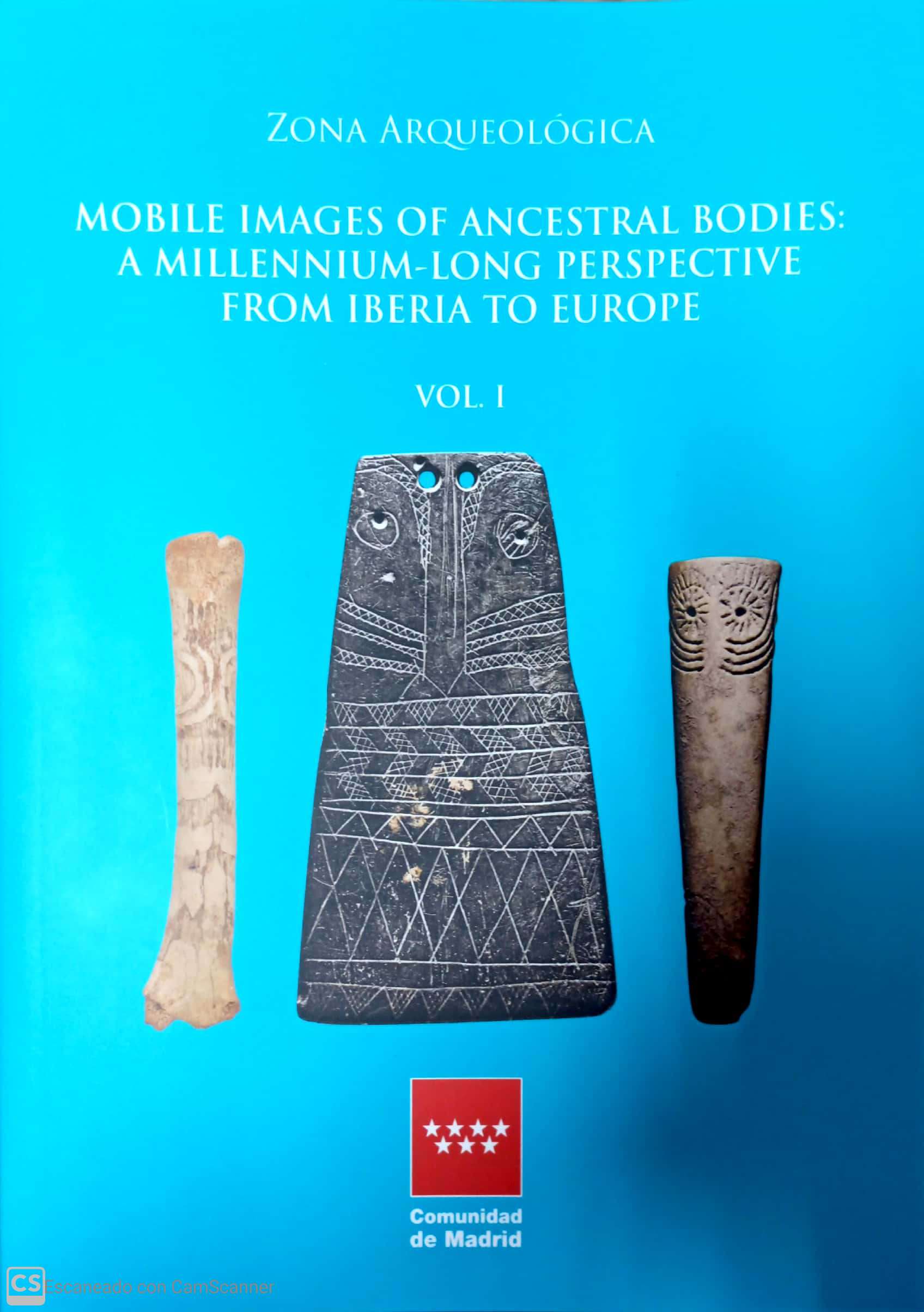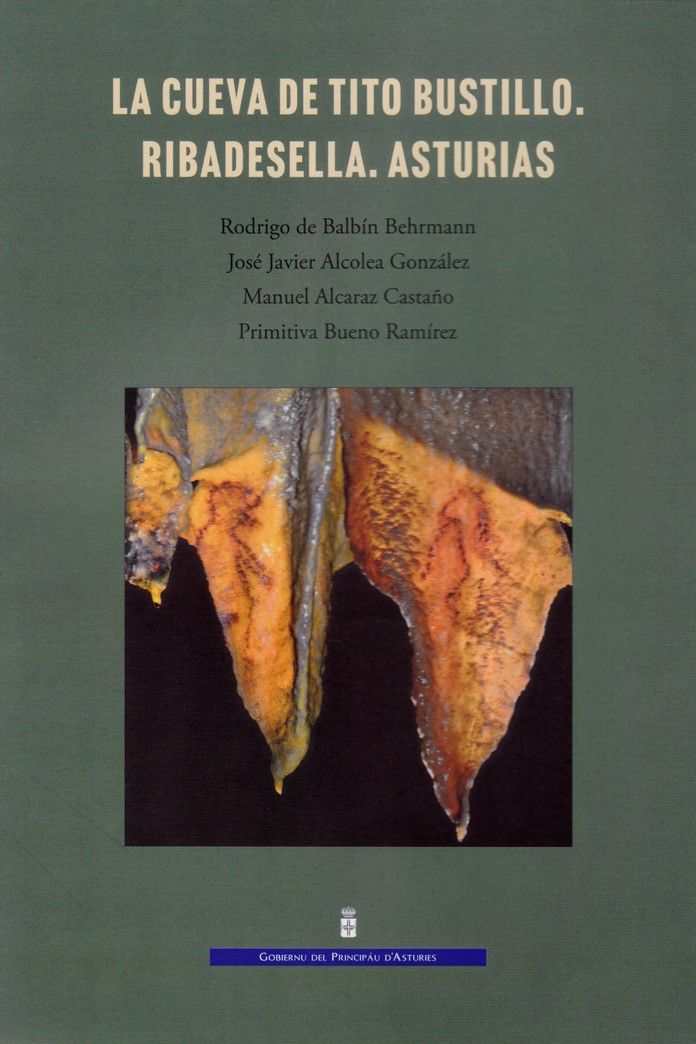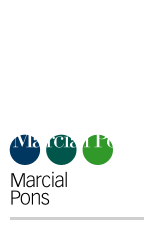Mobile Images of the ancestral bodies
a millennial/thousand-years from Iberia to Europe
- ISBN: 9788445139363
- Editorial: Comunidad de Madrid
- Fecha de la edición: 2021
- Lugar de la edición: Madrid. España
- Colección: Zona Arqueológica
- Encuadernación: Rústica
- Medidas: 30 cm
- Volumen: 2 Vols.
- Nº Pág.: 792
- Idiomas: Inglés

Mobile images of ancestral bodies: a millennium-long perspective from Iberia to Europe aims to bring the existence and meaning of Idols closer to the public: hidden expressions that are part of the symbolism of the groups of recent prehistory in the Iberian Peninsula. A publication that, in light of the most recent research, brings us closer to the societies that generated them and that used them to maintain social order, invoking lineage and ancestors.
It is an exhaustive study in two volumes belonging to the ZONA ARQUEOLÓGICA collection, nº 23, of the Regional Archaeological Museum, which has been carried out from the investigations carried out for the ÍDOLOS. MIRADAS MILENARIAS exhibition, a project carried out by the Archaeological Museum of Alicante, MARQ, and the Regional Archaeological Museum of Madrid, MAR, which brings together 226 pieces from twenty museums in Spain and Portugal. This book published by the MAR after the exhibition in Alicante and Alcalá de Henares takes advantage of the graphic resources and the language of the panels, making the aesthetics and contents of this exhibition last over time, in which in the last three years put so much enthusiasm and effort, always being aware of the enormous informative and evocative value of our little protagonists, the Idols.
Ídolos, Milenarias Miradas (Catalogue published by the CV MARQ Foundation) also emerged from the cooperation of both institutions, with twenty collaborations that include anthropic figurations from Europe and the Near East, as a reference framework for what happens in the southern half of Iberia; effort that also has the intention of reaching international research circuits, publishing this book in English ‘Mobile images of ancestral bodies: a millenium-long perspective from Iberia to Europe‘ as an integrated volume in the prestigious Archaeological Zone series edited by MAR.
This scientific work aims to make known a spectacular and varied set of images in stone, bone, ivory, clay and gold, which had their peak of use and elaboration between the second part of the IV and the first of the III millennium BC. in the south of the Iberian Peninsula. The human bodies they represent show how prehistoric groups saw themselves, or perhaps more appropriately, how they wanted to be seen. Precisely this idea, how they wanted to be seen, is what gives greater social content to these small pieces that provide unique information about the concept of identity and recognition of origins, gender, lineage and, probably, beliefs.
It has been intended that the most recent research brings us closer to the societies that generated them and that used them to maintain social order by invoking lineage and ancestors.
At the end of the s. In the 19th century, anthropomorphic figures of enormous interest began to be recognized in Spain and Portugal, which were interpreted in the first half of the 20th century as IDOLS, consigning them as a reference to the great Oriental Mother Goddess.
It is a movable set of genuine and schematic representations of the human body and face. Of diverse nature and form, they are confined to the southern half of the Iberian Peninsula, constituting the best testimony of common beliefs that, between 3300 and 2500 BC, characterized the Final Neolithic and Chalcolithic groups with different degrees of social complexity.








